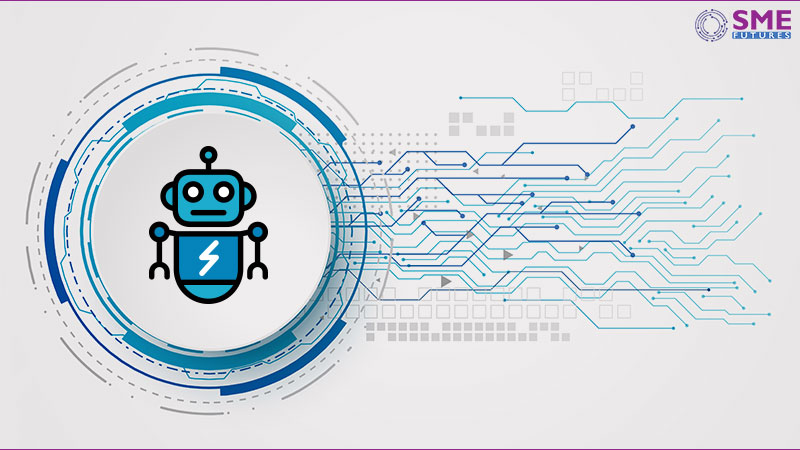Most of us must have noticed that in the monthly bills that we get for utilities, last date of payment is mentioned. Post that date, the service providers charge a late fee. The situation is similar in B2B space as well. Suppliers offer discounts to the vendors who pay early and charge full price to those who pay late. It is a chance for the buyer to save money by paying suppliers ahead of the deadline. But, we all know that deadlines often slip, especially in companies where processing is slow – and that can cost the company money.
What if the company could automatically identify the suppliers who offer discounts for early payment and ensure that those accounts are paid ahead of the deadline?
Here comes the role of robotics. There are software programmes that automatically monitor supplier invoices and flags those that offer discounts for early payment, alerting finance teams on how to prioritise disbursement.
Robotic process automation, or RPA, is the use of robotics to automate a business process from end to end. Usually, when we think of “robotics”, we think of the mechanical arms used to assemble car parts in manufacturing plants. But, the meaning of robotics is expanding to include computers, mobile devices, networks and the software that runs all of them.
For instance, virtual “bots” (short for software robots) are now being used as the chat function of some customer-service websites. Bots have become sophisticated enough that they can interact with human beings to the point where a real, live person on the other end does not know that they are chatting with a bot. Bots have achieved this ability through something called machine learning, which goes beyond the rules programmed into software. Machine learning enables bots to continuously identify new patterns and trends as new information flows in and then adjust their behaviour accordingly.
For finance, this will lead to bots that can mimic human keystrokes to take on clerical jobs – completing them more quickly and accurately, and at a lower cost. This can have a potentially enormous impact on the cost of shared services centres. Many of the finance processes that have been outsourced overseas – such as procure-to-pay, accounts payable and even simple exception handling – will eventually be done by bots.
For many businesses, the ability to sweat their legacy assets (such as on-premises enterprise resource planning systems) while driving efficiencies is very attractive. RPA is ideally suited to that end. The more transactions the business automates via bots, the bigger their savings are.
RPA is still in the early planning stages in most companies. While a few, specialised outsourcing companies are seeing early success with RPA, a true “lights-out” approach is still some years away – and there will always be some exceptions that machines cannot handle. Finance and human resources teams in a company will be able to devote more time in value-adding services by automating routine purposes. The day when RPA starts influencing human decisions for making businesses better, it will be at its best.











